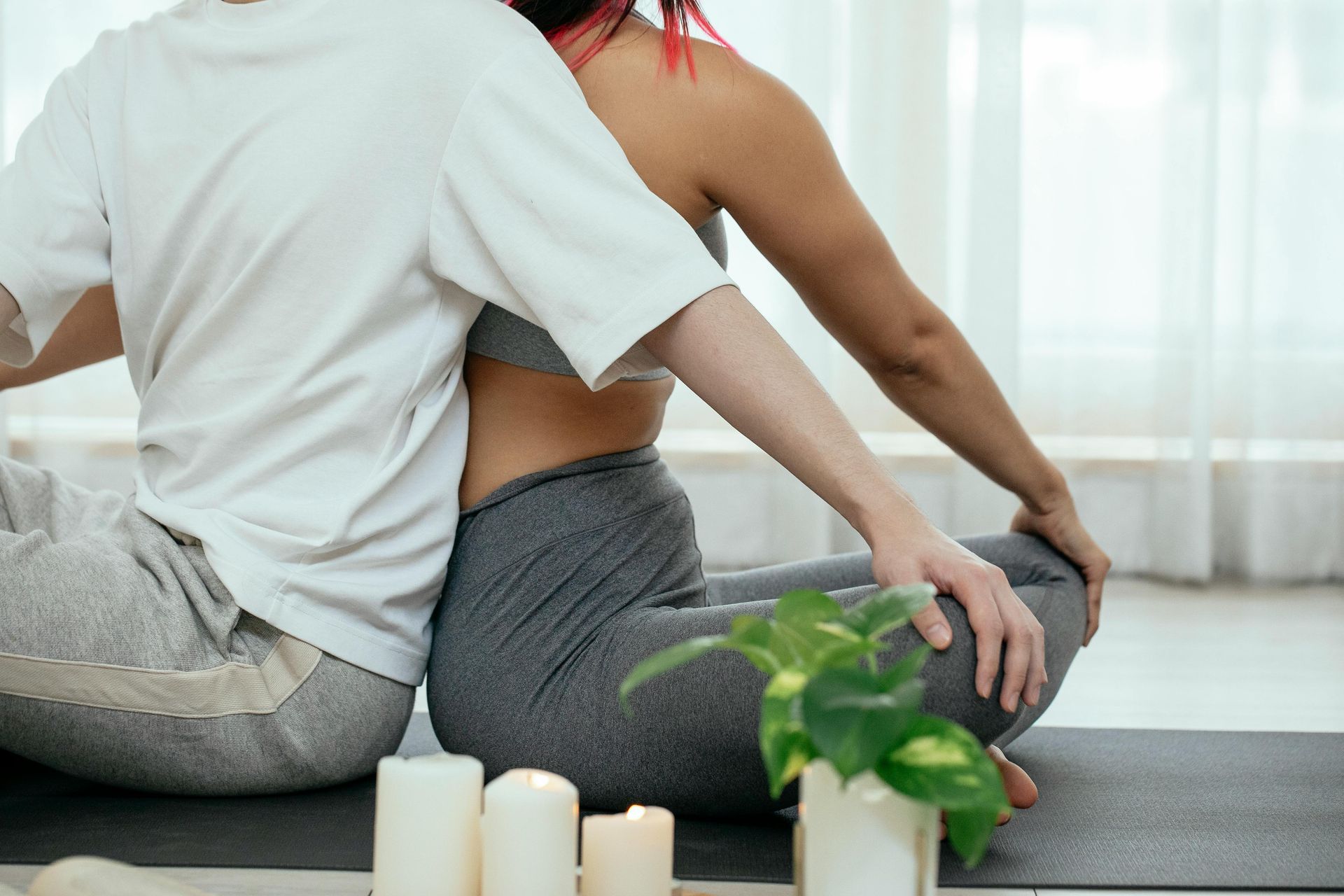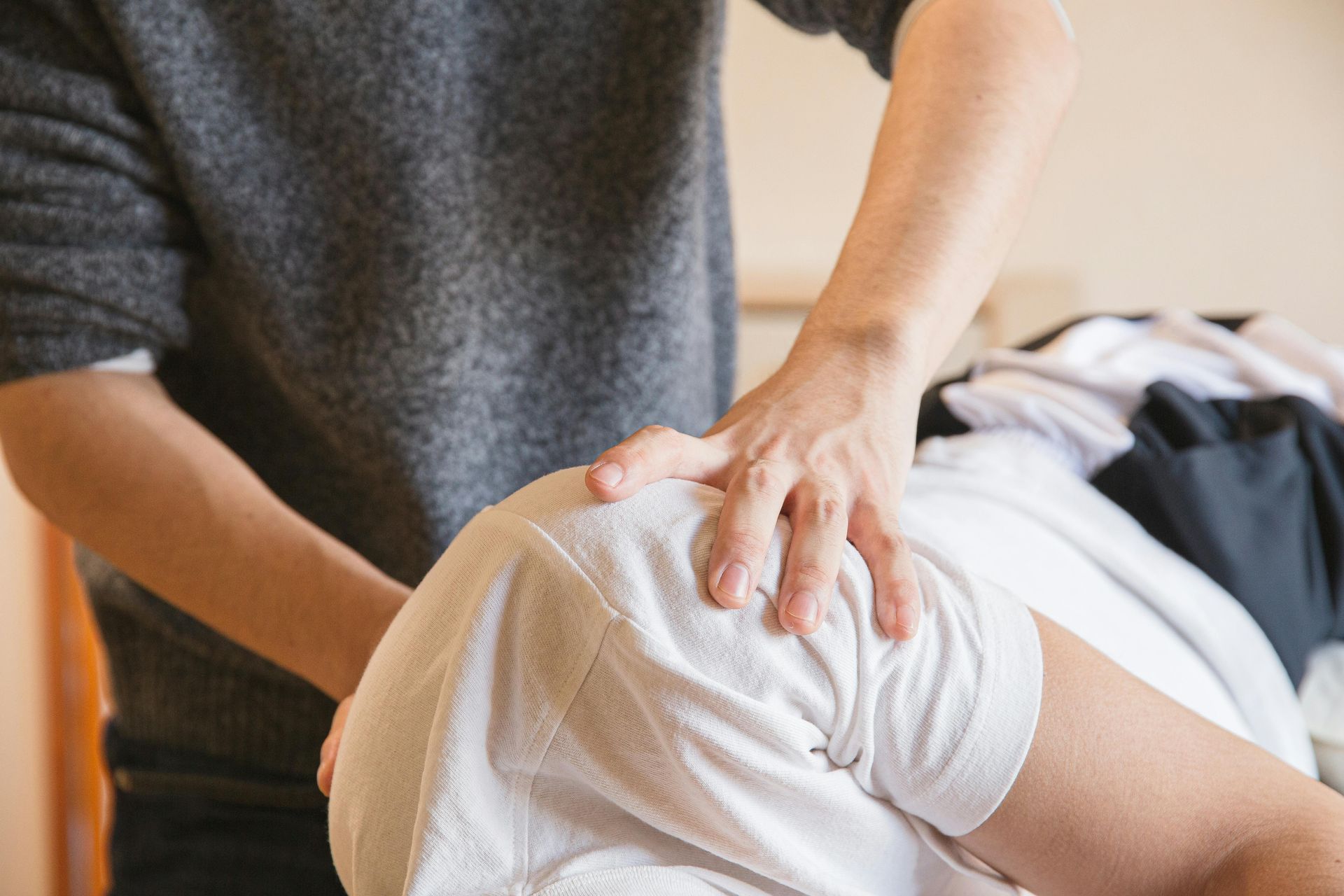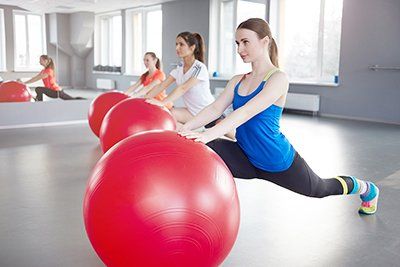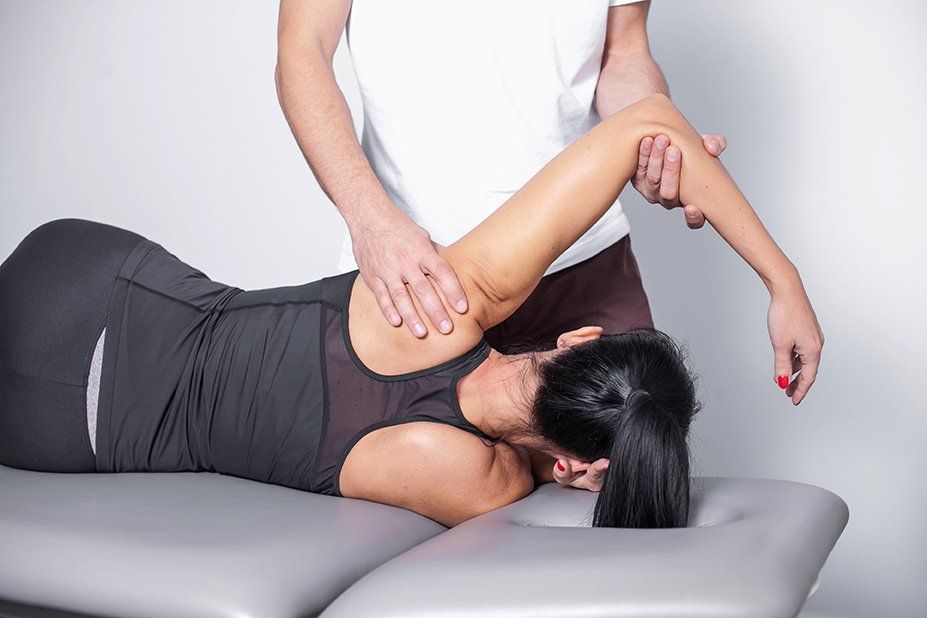Shoulder Impingement: How Joint Mobilization frees your reach

Reaching into the top cupboard should not feel like a pinch. If your shoulder bites when you put on a jacket, serve a tennis ball, or shovel snow, you might be feeling shoulder impingement. The good news is that most people improve with a blend of targeted exercise and Joint Mobilization Therapy. You’re not fragile, and your shoulder isn’t stuck this way. With the right plan, it can settle and move well again.
This post explains what’s happening, how Joint Mobilization Therapy works, what a first session looks like, and which home steps help Canadians stay active throughout the seasons.
What shoulder impingement really means
“Impingement” is a simple way to say the tissues at the top of the shoulder are a bit sensitive when the arm lifts. It often comes from stiffness in the joint capsule, tightness in the back of the shoulder, or a shoulder blade that isn’t rotating smoothly. Think of it as traffic at an intersection: when the light timing is off (mobility), cars (muscles) do odd things, and tempers flare (pain). Reset the timing and traffic flows.
Reassurance matters: pain does not always equal damage. Many people with shoulder impingement show normal scans. What changes the story is movement quality, steady strength, and restoring glide within the joint.
How Joint Mobilization Therapy helps
Joint Mobilization Therapy uses gentle, graded pressures to help the ball‑and‑socket glide better. Your physio may perform:
- Posterior glides to free the back of the capsule for easier reaching overhead.
- Inferior glides to create space for lifting and carrying.
- AC and SC joint mobilizations to smooth shoulder blade motion.
- Thoracic (mid‑back) mobilizations so the ribcage extends and the shoulder stops overworking.
You might feel light pressure, a comfortable stretch, and an easier motion right after. There is no snapping, no drama. The dosage is customized, and we monitor your 24‑hour response to keep things on track.
What a first session looks like
- Story and goals: What movements bug you? How does work, sport, or parenting fit in?
- Quick checks: Arm raise, reach behind back, rotation, shoulder blade motion, and neck screen.
- Targeted mobilization: 2–5 minutes per direction, re‑testing after each set to confirm change.
- Active follow‑through: Bands for external rotation, wall slides for upward rotation, and a home plan you can do in a small space.
- Load plan: We use a simple pain scale (0–10). We keep exercise in the 0–3 range, and symptoms settle within 24 hours.
You’ll leave with a short list, not homework for an hour daily.
Real‑life Canadian examples
- Desk worker in Toronto: Posterior glides plus banded external rotation and brief standing breaks. Two weeks later, reaching for a backpack is easy.
- Rec hockey goalie in Winnipeg: Inferior glides, thoracic extension over a towel roll, and scapular control. Butterfly saves feel smoother and less pinched after practice.
- Paddler in Vancouver: AC joint mobilization and serratus work. Overhead strokes stop nagging, and weekend distance goes up without a flare.
Your home support plan
- Daily mobility (5 minutes):
- Table slides: Forearms on a table, slide forward while sitting back.
- Cross‑body reach: Gently hug your arm across your chest; breathe low and slow.
- Thoracic extension: Lie on a rolled towel at mid‑back, slight arch, three breaths.
- Strength (10 minutes):
- External rotation with a band: Elbow at your side, light resistance, slow tempo.
- Scapular upward rotation: Wall slides with a mini‑band around wrists.
- Row variations: Cable or band, think “chest tall, ribs quiet.”
- Lifestyle tweaks:
- Rotate tasks: Switch hands for heavy bags, and keep items you often use at mid‑shelf height.
- Warm layers outdoors; cold muscles feel stiffer.
- Use the 24‑hour rule: if soreness lingers into the next day, cut the next session by 20–30%.
Mobilization vs manipulation vs injections
- Joint Mobilization Therapy: gentle oscillations, patient‑controlled, great for easing sensitivity and restoring glide.
- Manipulation (“quick thrust”): sometimes helpful for the neck or mid‑back, but not always needed at the shoulder.
- Injections: These can be part of the care for stubborn cases; they don’t replace movement and strength. Your physio and physician can coordinate if needed.
When to check in quickly
See a clinician soon if you have had a fall with sudden weakness, constant night pain that doesn’t change with position, unexplained weight loss, or a fever with shoulder pain. These signs are rare but worth attention.
How long until it feels better?
Many people notice easier reaching within a few sessions when Joint Mobilization Therapy is paired with smart exercise. Progress tends to build across weeks, not months. We measure wins you’ll actually feel: smoother shirts on, pain‑free seatbelt reach, and comfortable sleep on your side.
Questions to ask your physiotherapy clinic
- Which specific joints need work—glenohumeral, AC, SC, or thoracic?
- What change should I feel within 24 hours after Joint Mobilization Therapy?
- How will we track progress—range, strength, sleep, or work tasks?
- What’s my two‑week and four‑week plan?
A calm closing thought
You can get back to the things you enjoy—lifting your kid, serving a tennis ball, or shouldering a winter coat—without that sharp pinch.
Joint Mobilization Therapy plus focused exercise is a steady, proven path to freer reach. If your shoulder has been bossing you around, it’s time to take the lead with a personalized plan. Seek help at our
physical therapy clinic in Rutherford & Lyndhurst NJ.






